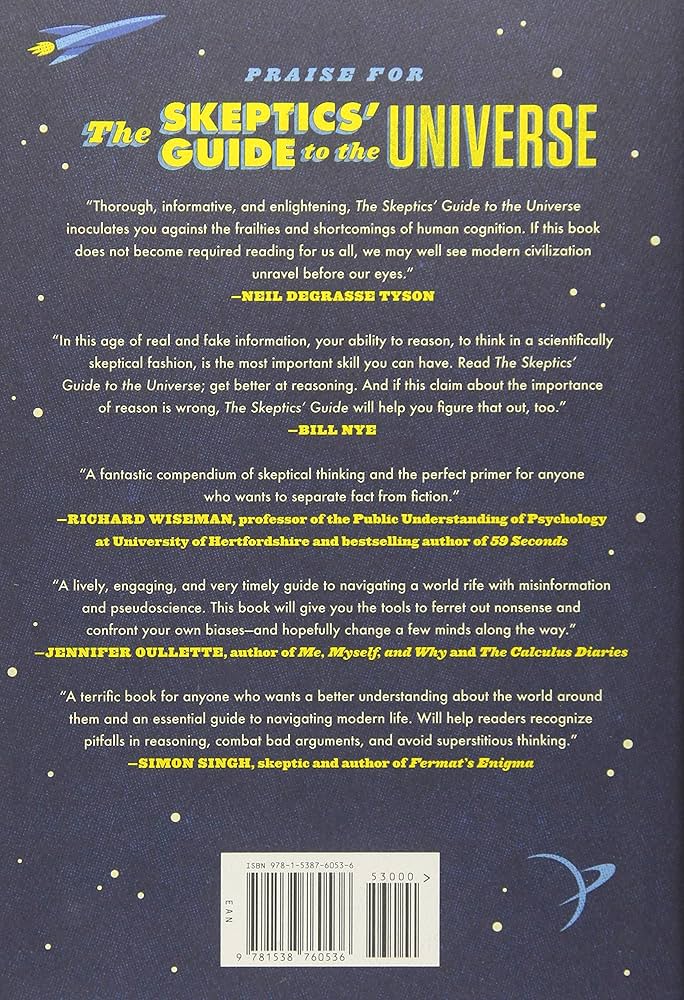
### Book Review: *Our Moon: A Human History* by Rebecca Boyle
Rebecca Boyle’s *Our Moon: A Human History*, heralded by its enticing title and an impressive lineup of endorsements from well-known science writers, initially appears set to provide a thorough and motivational examination of our celestial neighbor. Notable figures such as astronaut Chris Hadfield, Lewis Dartnell, Rebecca Wragg Sykes, Ed Yong, and Peter Brannen deem it a “must-read,” commending its “fascinating facts” and “exceptional grasp” of both planetary science and human history. These praises create an anticipation of a carefully researched, insightful narrative that harmoniously integrates scientific precision with historical accounts.
Yet, upon detailed examination—especially regarding its historical assertions in astronomy—a troubling abundance of inaccuracies and misrepresentations arises, raising significant concerns about the book’s overall quality and trustworthiness. While certain sections may possess redeeming attributes, particularly in framing human interactions with the Moon within rich cultural and mythological contexts, the astronomical and scientific historical components leave a lot to be desired.
### History of Astronomy: A Fact-Checking Minefield
Boyle delves into the annals of ancient astronomy, but regrettably, she stumbles almost at once. For instance, while addressing Babylonian astronomy, she demonstrates a marked lack of comprehension and appreciation for the contributions of ancient astronomers. Rather than depicting their endeavors as scientifically valid (which the majority of historians of astronomy concur they were), she dismissively refers to them as mere “astrologers” or “sky priests.” This characterization undermines the rigorous and systematic observations the Babylonians conducted regarding celestial bodies and their endeavors in predictive astronomy—such as the development of the Saros cycle for forecasting eclipses—centuries before Greek scholars entered the stage.
Additionally, Boyle narrowly concentrates on the lunar-worship practices of Nabonidus, the last Neo-Babylonian King, presenting observers of ancient Babylonian astronomy with a biased and overly simplistic view—a fixation on a singular figure while bypassing two thousand years of prior achievements. Babylonian astronomers, long before Anaxagoras, had already made comprehensive observations of lunar phases, eclipses, and planetary movements, which Boyle trivializes as “astrological omens.” This reductive treatment of Babylonian astronomy reveals her failure to properly value the accomplishments of early thinkers and confines her narrative to the domain of flawed historical representation.
### Anaxagoras: Misplaced Adulation
In Boyle’s depiction of the history of astronomy, the pre-Socratic philosopher Anaxagoras occupies a revered position as one of the earliest “scientific” astronomers. Boyle asserts that Anaxagoras was the first to propose that the Moon was illuminated by the Sun and provided correct explanations for lunar and solar eclipses. However, she neglects a pivotal truth: we possess only fragmented records of Anaxagoras’ writings, with most being transmitted second-hand, rendering any assertions about his scientific methodology highly speculative. Moreover, even if Anaxagoras did have some foresight regarding celestial mechanics, he also believed the Earth resembled a flat column drum and that the Sun was roughly the size of the Peloponnese (~22,000 square kilometers)—hardly “scientific” by contemporary standards.
Boyle also inaccurately characterizes Anaxagoras as a “Persian refugee” who introduced “a distinctly Persian spirit of scientific inquiry” to Athens. In reality, Anaxagoras was an Ionian Greek hailing from Clazomenae, and any connection with Persian traditions of astronomical observation is tenuous, if not completely fabricated.
### Errors in Later Historical Astronomy
The narrative does not gain significant accuracy as it transitions to later historical epochs in astronomy. For instance, Boyle claims that Alexander the Great, following his conquest of Babylon in 331 BCE, mandated the translation of Babylonian astronomical tables into Greek, thereby transmitting a wealth of astronomical knowledge from the East to the West. This monumental assertion is pure historical fabrication, seemingly derived from later Sassanian Persian legends about Alexander’s appropriation of knowledge. Greek astronomers had been utilizing Babylonian data long before Alexander ever arrived in Babylon, although the identity of those who passed on this knowledge remains unclear to modern historians. Boyle’s misleading portrayal of history in this context is not merely enigmatic but fundamentally incorrect.
### Kepler, Copernicus, and Galileo: A Broken Timeline
As Boyle shifts her focus to the monumental astronomers of the Renaissance, the errors proliferate. Johannes Kepler, for instance, is initially depicted as having drawn his original conclusions from his own observations, a statement that drastically downplays Tycho Brahe’s vital contributions in furnishing Kepler with the empirical data essential for formulating his laws of planetary motion. Furthermore, Boyle endorses the long-standing myth that Kepler’s work on *Somnium*, a proto-science-fiction tale, directly resulted in his mother’s witchcraft trial—a narrative that recent scholarship largely disproves.
Copernicus, similarly, is mis…